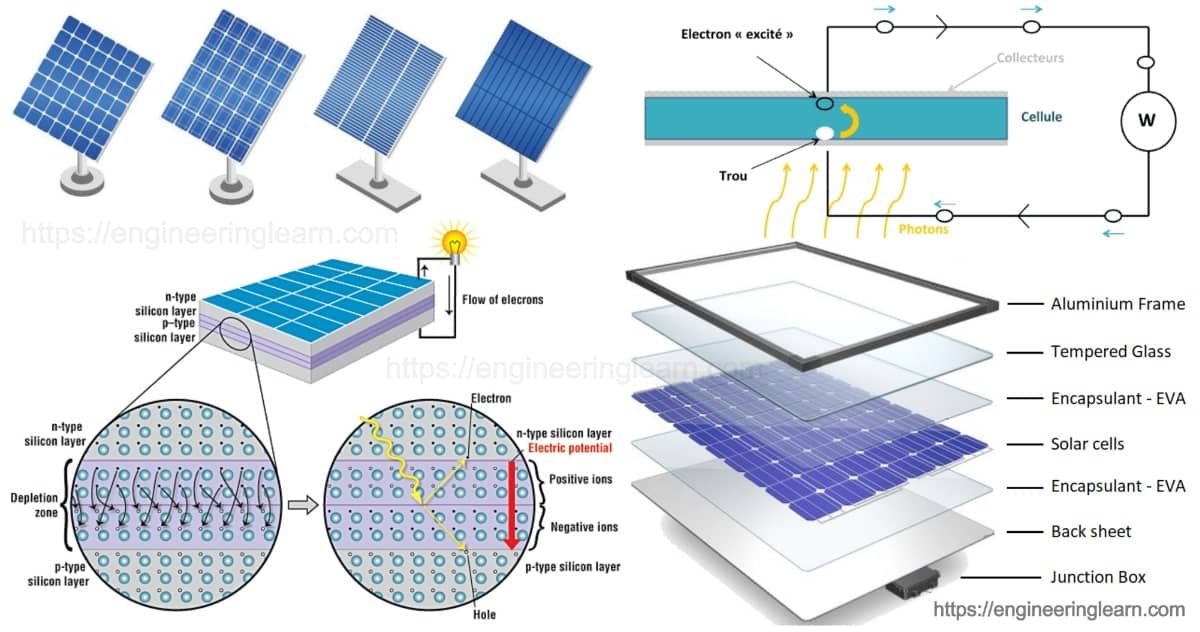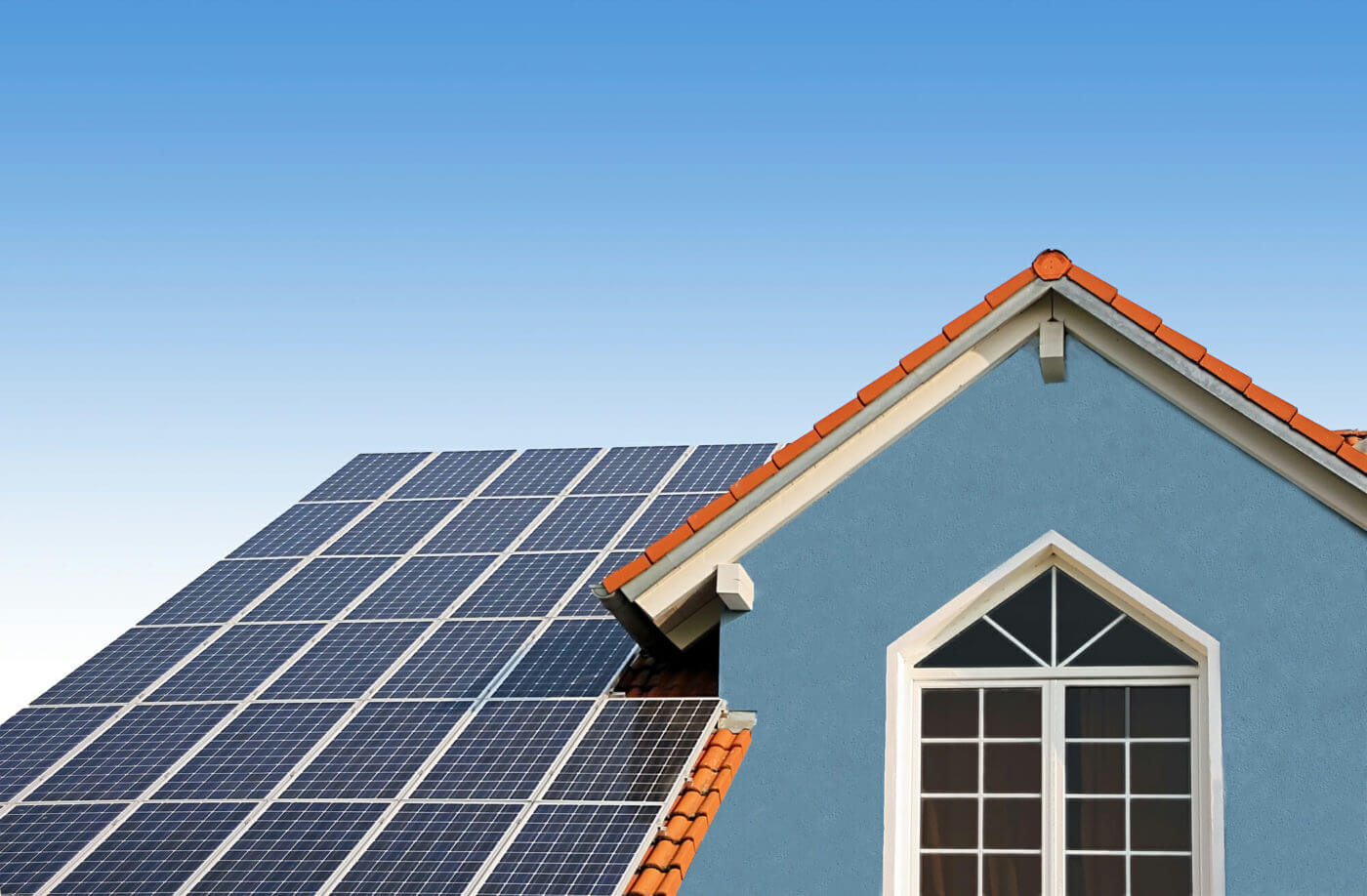Some Known Questions About Solar Systems.
About Solar Systems
Table of ContentsAll About Solar SystemsThe 7-Second Trick For Solar Systems6 Simple Techniques For Solar SystemsUnknown Facts About Solar Systems
There are 3 various kinds of solar panels: monocrystalline, polycrystalline, as well as slim movie. Monocrystalline photovoltaic panels are highly efficient and also have a sleek design, but come at a higher rate point than other solar panels. Polycrystalline solar panels are less costly than monocrystalline panels, nevertheless, they are less effective as well as aren't as cosmetically pleasing.Nowadays, there are numerous selections of monocrystalline photovoltaic panels on the marketplace to pick from. Passivated Emitter as well as Rear Contact cells, even more generally referred to as PERC cells, are becoming a progressively prominent monocrystalline choice. PERC cells go through a various manufacturing and setting up procedure that increases the amount of electrical power the cells can produce.
Since monocrystalline solar cells are constructed from a single crystal of silicon, electrons have the ability to easily stream throughout the cell, increasing general effectiveness. Not just do monocrystalline panels have the highest effectiveness scores, they generally also have the highest power ability scores, as well. Many monocrystalline panels on the marketplace today will have a power output score of at the very least 320 watts, yet can go up to around 375 watts or greater!.
Since polycrystalline cells consist of multiple silicon cells, the electrons can stagnate as easily and as an outcome, lower the efficiency of the panel. The reduced efficiency of polycrystalline panels likewise means they tend to have a lower power result than monocrystalline panels, typically varying between 240 watts and also 300 watts.
Some Known Details About Solar Systems
4% performance with thin movie cell models but. In order to fulfill your power requires, you would need to set up more slim movie panels over a large location to produce the exact same quantity of electricity as crystalline silicon photovoltaic panels. This is why slim film photovoltaic panels don't truly make good sense for property setups where area is restricted.
The temperature level coefficient informs you just how much the power outcome will decrease by for every single 1 * C over 25 * C the panel obtains. The common temperature coefficient for mono and polycrystalline panels normally falls someplace between -0. 3% and -0. 5% per * C. Thin movie useful content panels on the various other hand, are around -0.
As a matter of fact, with some slim film panels, it's tough to also see the individual cells within the panel. They also have a tendency to have much less circuitry as well as busbars, meaning there's much less white room. Since they are so ineffective, you would need to cover your whole roof covering in thin movie panels - which might or might not be your design.

Some producers have functioned around this with black packing or shaping the cells differently, however these aesthetic modifications can affect both the cost as well as efficiency of the panels. On the whole, monocrystalline panels still look smooth, but they're a bit extra pronounced than thin film panels. solar systems. The procedure in which polycrystalline solar cells are made triggers the cells to have a blue, marbled my latest blog post look.
9 Simple Techniques For Solar Systems
If you get on a tight spending plan, polycrystalline panels may make even more sense for you. We do not advise thin film photovoltaic panels for household installations - their performance as well as longevity do not make the reduced price worth it, and it's not likely you'll have nearly adequate space to mount the number of thin movie panels you would certainly need to cover your family electricity usage.
Since they are made from pure silicon, they can be conveniently recognized by their dark black shade. Using pure silicon additionally makes monocrystalline panels the most space-efficient and also longest-lasting among all 3 photovoltaic panel types. However, this comes at an expense a great deal of silicon is wasted to produce one monocrystalline cell, in some cases getting to over 50%.

Amorphous silicon panels (A-Si) acquire their name from their shapeless nature. Unlike mono-and polycrystalline solar batteries, the silicon is not structured on the molecular degree. Generally, an a-Si cell needs just a fraction of the silicon required to produce common silicon cells. This enables them to have the most affordable production price, at the cost of performance.
The Main Principles Of Solar Systems
50 $0. 50 $0. 50 Note that these figures do not include the cost of setup as well as labor.

This implies that thin-film panels can be a great option for hotter settings or places that experience more sunlight throughout the year. The upgraded International Building Code of 2012 needs solar panels to match the fire ranking of the roof covering where they are installed. This is to make sure that the components do not accelerate the spread of flames in the event of a fire.